Guava Spot Force AXS review: the Catalan gravel bike that loves tarmac too
Assembled in Barcelona to order, this versatile gravel bike from Guava hits the spot
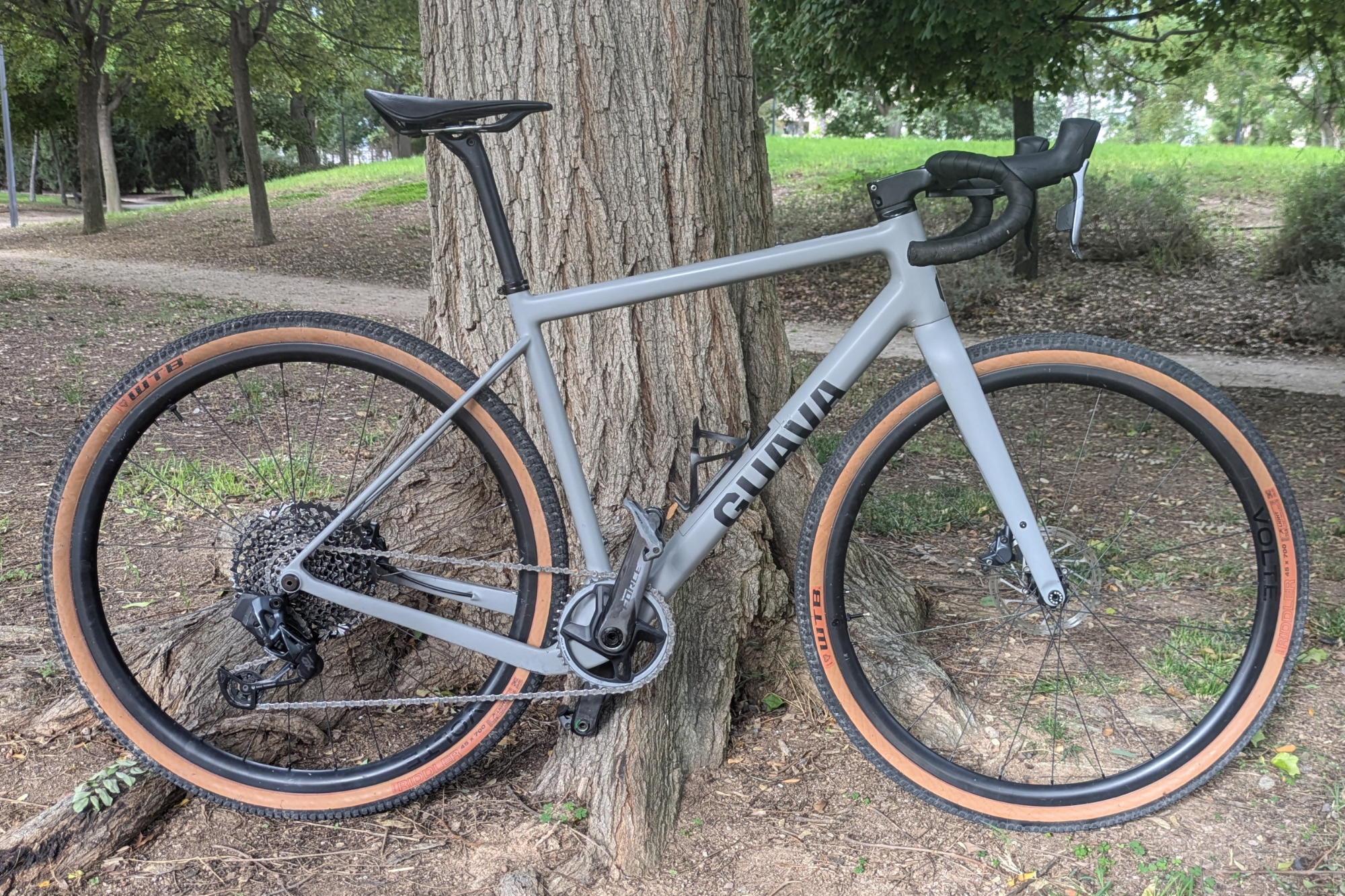
Need a bike to handle everything? The Guava Spot Force AXS fits the bill. It eats up rocky, dusty and slippy terrain, and glides over smooth asphalt. Designed in-house and customisable to the client, we bet it won’t be long before Guava bikes are more frequent sightings.
-
+
Responds to even the gnarliest of terrain
-
+
Fast and aggressive
-
+
Great comfort
-
+
Smart design
-
+
Very light
-
-
Cornering on road isn't the best
-
-
Not the cheapest
You can trust Cycling Weekly.
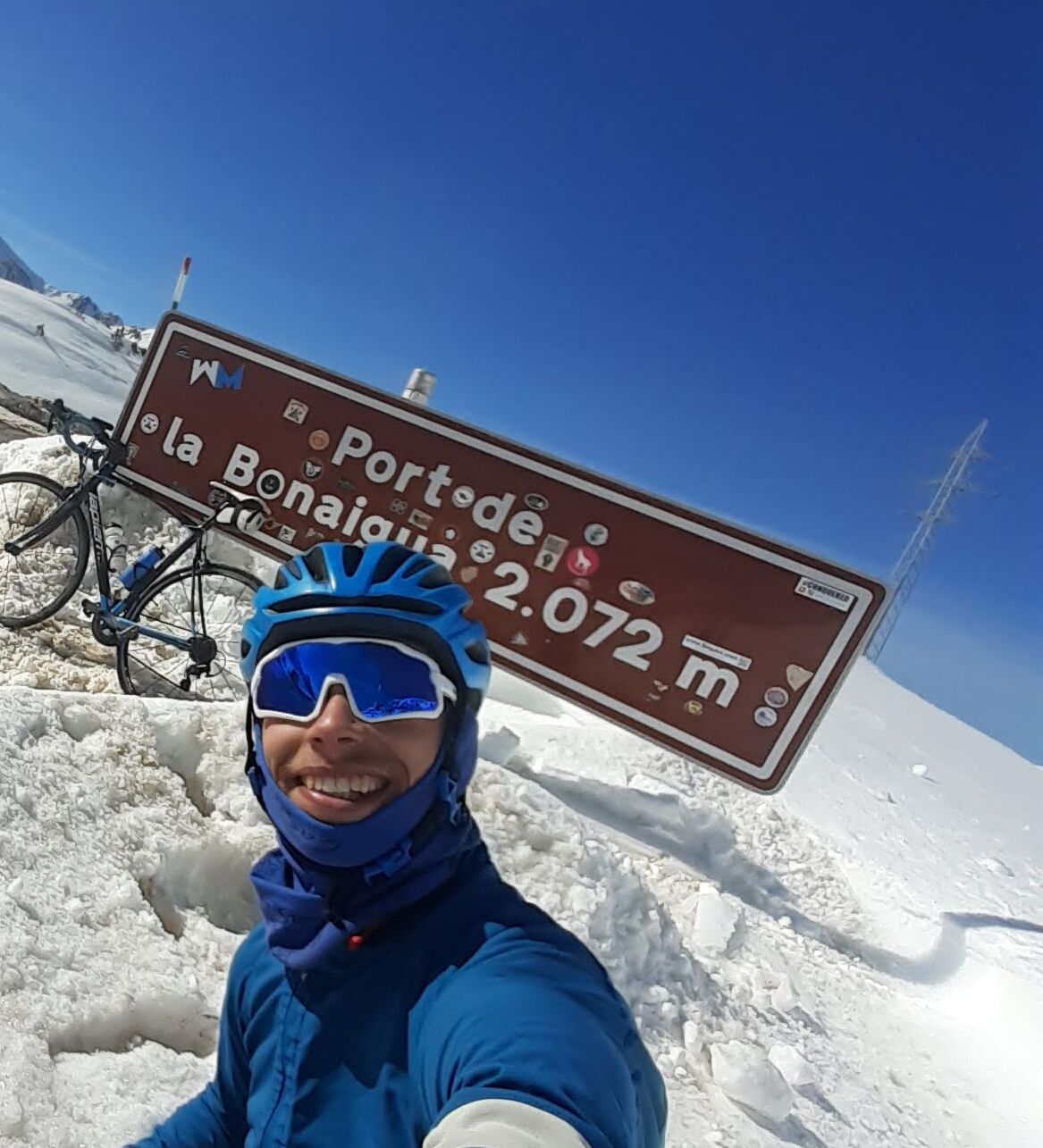
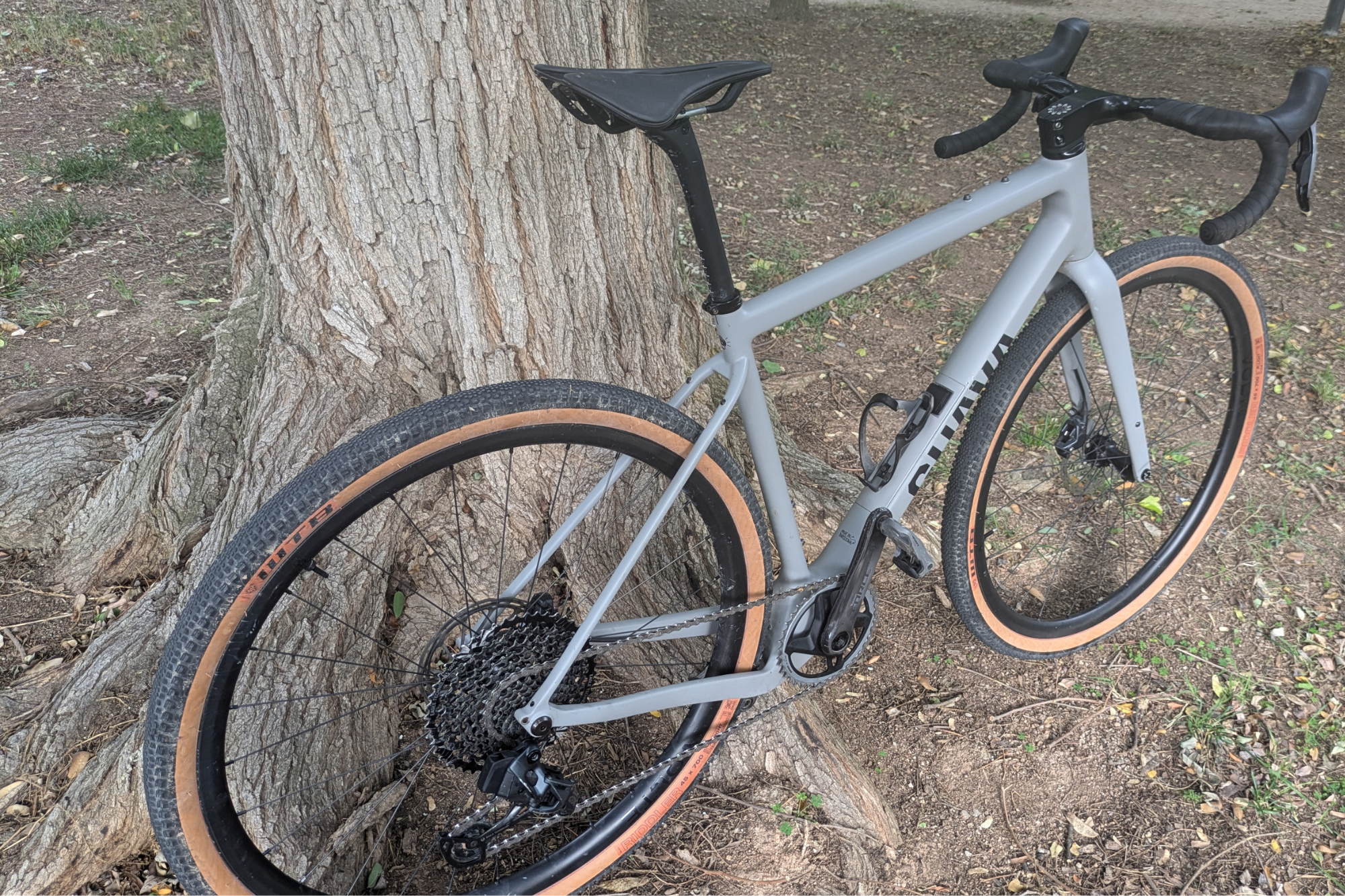
With 159 colour options available, Chris settled for grey. Still, the Spot does look very cool.
I’m a late convert to gravel. I’ve moved on from thinking they’re just hybrid bikes with drop-down handlebars, repackaged in the name of marketing, but I am still sceptical. Surely they can’t be as fast on the road as, you know, road bikes, and surely they can’t be as good on trails as mountain bikes.
So when I got offered the opportunity to test a do-it-all gravel bike from Guava for a month, I knew this was the moment when I’d either make peace with the thriving discipline that isn’t so new anymore, or further position myself as a late-20-something dinosaur, resistant to advancement.
To the surprise of no one who has a gravel bike, it only took me one spin to be convinced. And the Guava Spot Force AXS is so good that I’m now asking myself why on earth I even need a road bike when I can just swap road wheels and tyres in for their gravel equivalent. Safe to say, I’ve been won over.
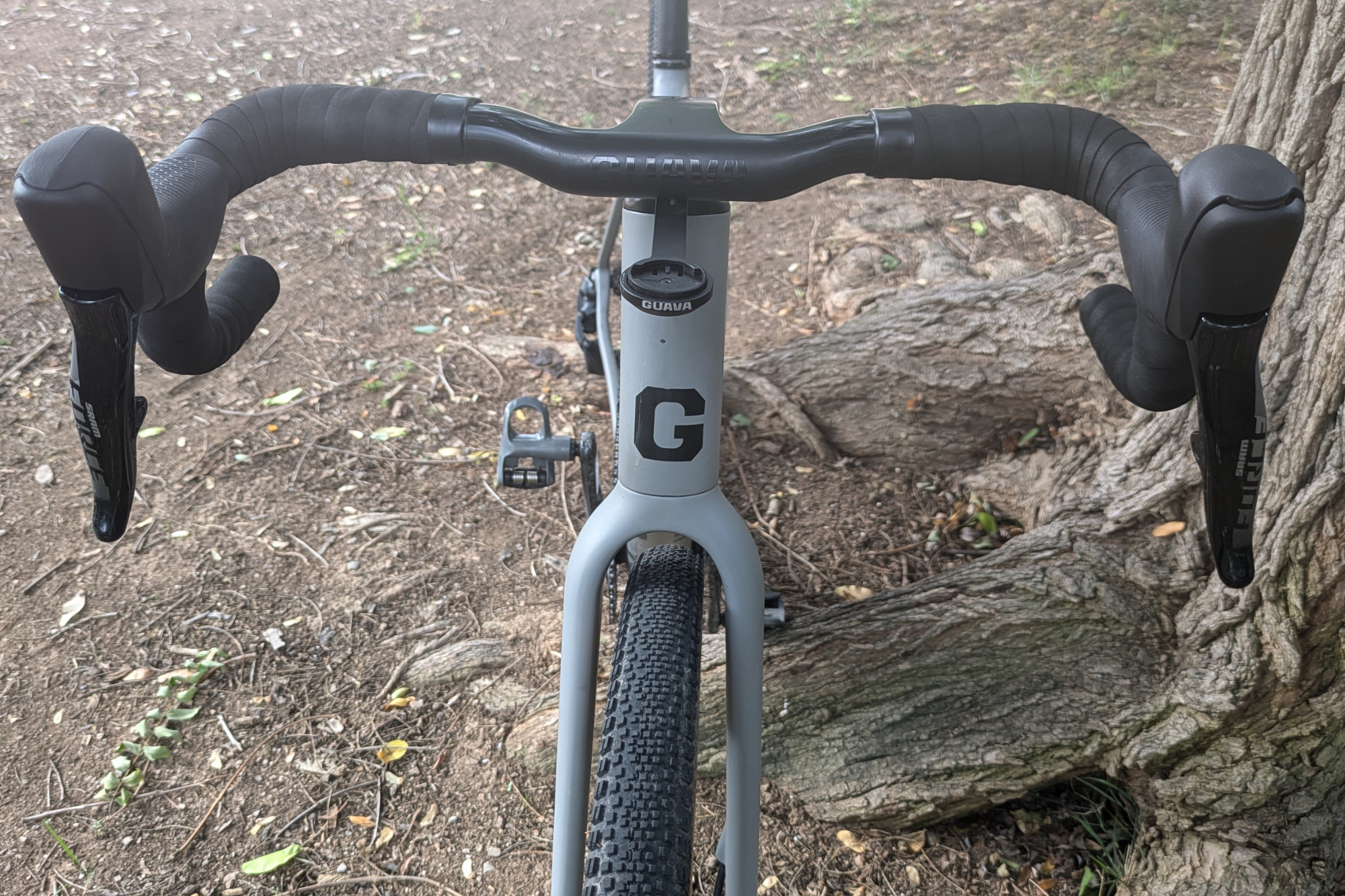
There's a little rise and flare on the bars, but nothing too drastic, which suits its versatile character. The WTB tyres are 45mm.
Construction
Don’t worry, you’re not the only one who’s never heard of Guava. Launched in March 2022, they operate out of Barcelona and Girona in northern Spain, the creation of two friends, one American, one Spanish. Their three models are regular sights on Catalan gravel, but to date they’ve not yet breached the wider international market. That’s probably about to change.
I tested a medium Guava Spot Force AXS (the brand’s most expensive of their three models) in a grey/black colourway, but I could have chosen another 159 colour options. Riding a 40T front chainring and carbon cranks, the bike comes equipped with the Sram Force AXS, a drivetrain that gives a huge range for steep gradients; there are 12 sprockets on the back, the largest counting 50T, otherwise known in cycling parlance as a dinner plate.
Threaded with internal cables and hydraulic disc brakes, it’s every bit a modern-day bike as you’d hope for, packaged together in a simple, neat and smart design. The frame, handlebars (that aren’t so flared) and Volte carbon wheels are all designed in-house, reinforcing the local bike shop feel to the bike.
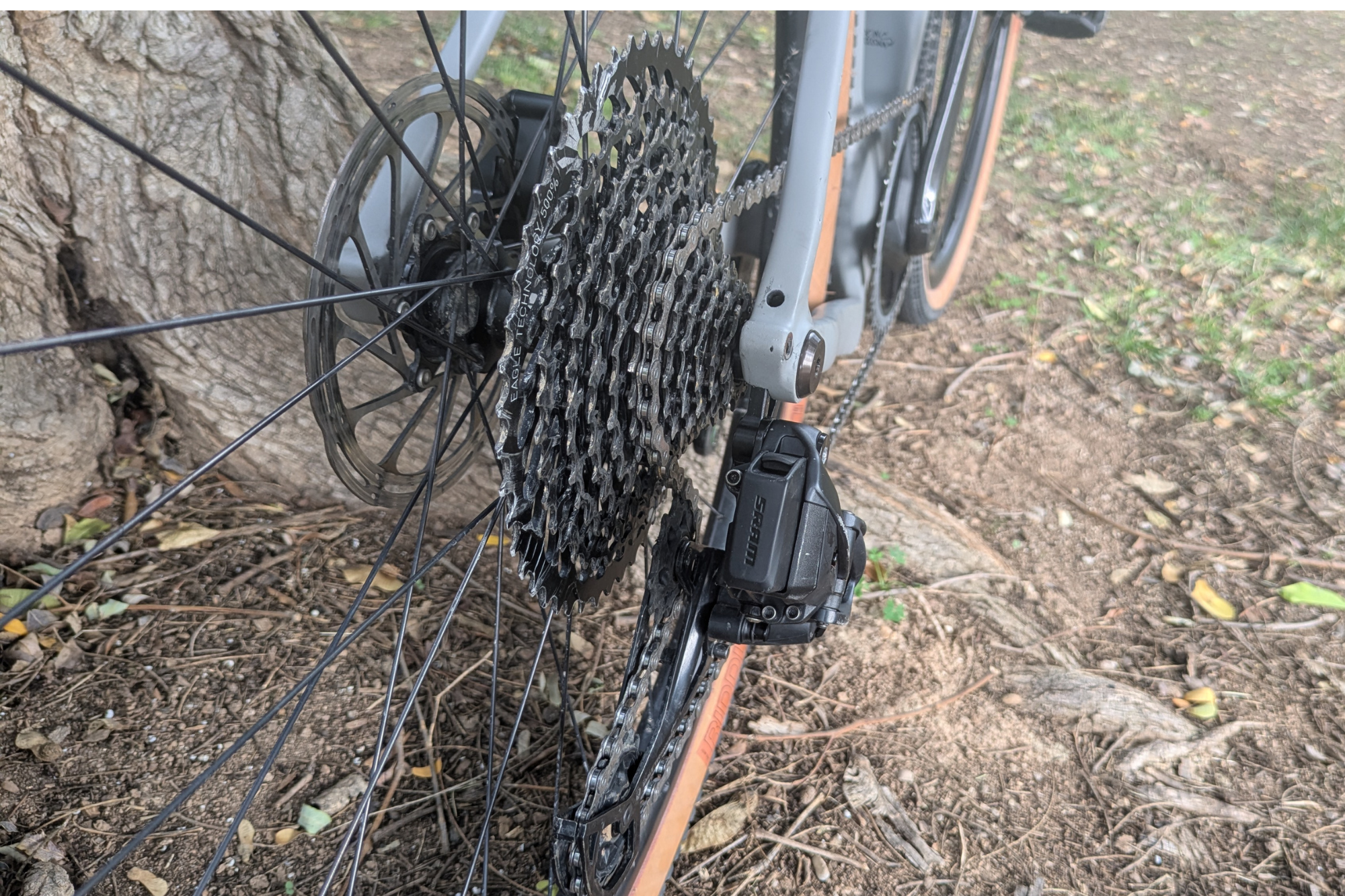
Chris' bike was equipped with 12-speed Sram Force AXS, with a 40t chainring on the front. The largest rear sprocket is 50t.
Capable of running a dropper post and with a tyre clearance of 50mm (I had 45mm WTB tyres), it’s set up for the most difficult of mountain bike terrain, while simultaneously being light enough at 8.8kg that it can eat up the road in no time. For many, gravel riding equals bikepacking, and the Guava Spot comes equipped with three bottle mounts, and top tube, rack and fender bolts. The cargo door, with a magnetic latch box on the down tube, cleverly hides basic tools and pumps.
There are lots of nice little touches on the bike, too. ‘Made in Barcelona’ is written on the lower frame; ‘freedom machine’ and other artwork are printed on the seat post; several small skulls are positioned on the stem; and the ‘G’ logo is emblazoned across the front.
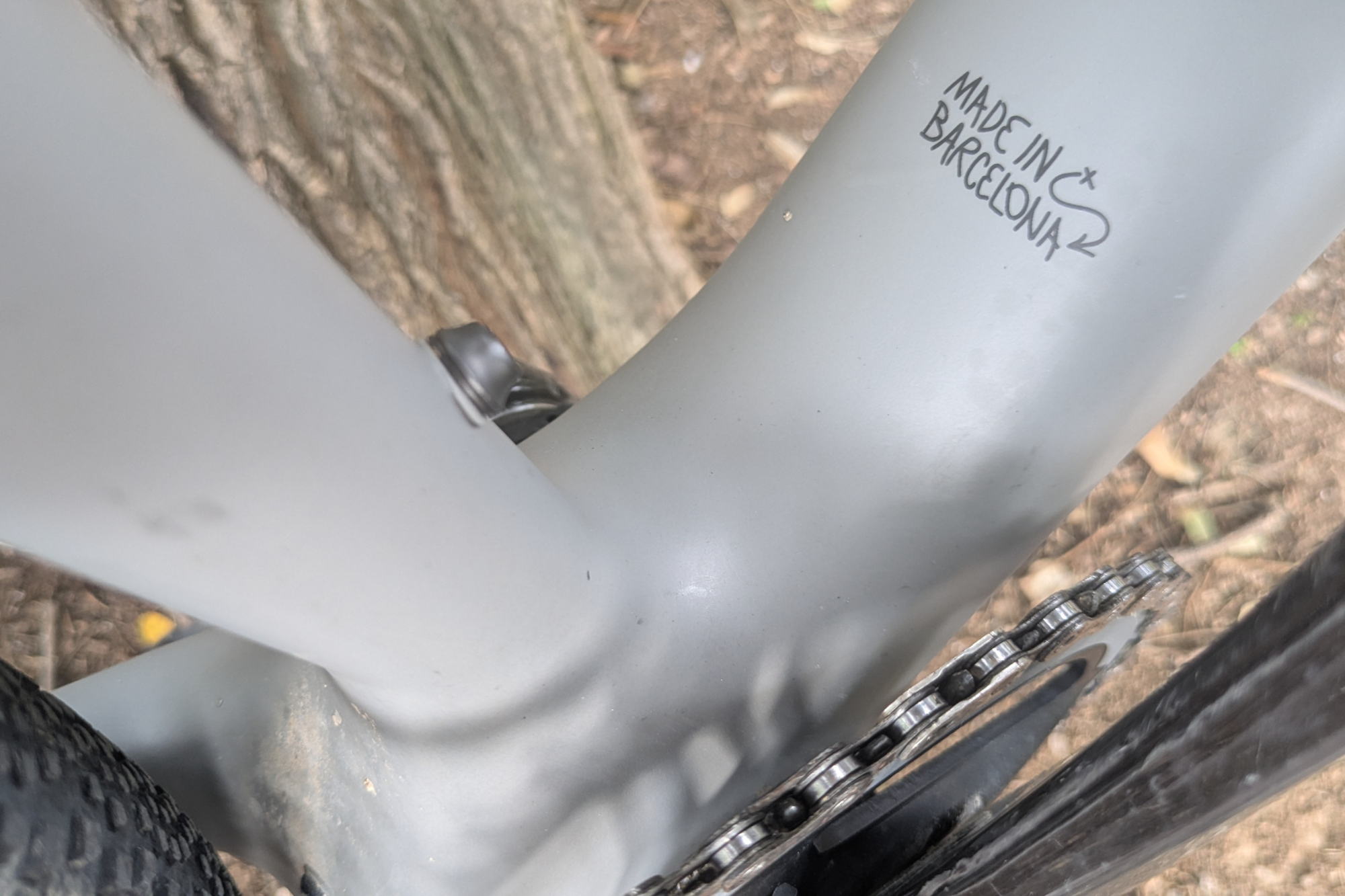
Characterful touches abound, such as the message on the down tube
The ride
My first experience riding the Guava was with one of the company’s two co-founders, Nacho. Immediately upon leaving their flagship Barcelona store, he took us to a set of steep ramps flanked by steps on either side. “Fancy riding up here?” he asked me. No, no I did not. A 45-degree angle is barely meant to be ridden down, never mind up. Nacho, though, cruised up. Huh, I thought, that 50T really does allow you to spin up the most horrible of gradients.
Over the following two hours, Nacho had me ascending and descending some pretty gnarly single track around Barcelona’s doorstep Sierra de Collserola, terrain so narrow and sketchy that it was definitely made for enduro riders. But the Guava handled it with aplomb, jumping over and gliding through branches, rocks, puddles and muddy patches. On wider, less uneven surface, it floated along breezily, and when asphalt became the ground underneath, it rode as deftly as most road bikes. The only criticism I could level at it was that cornering on wider wheels of 45mm wasn’t as smooth and as fast as their road equivalents, and I never felt like I could properly throw my body weight over the bike. But that’s to be expected.
The next day, Canadian pro and Guava ambassador Ben Perry threw me down even more technical descents in nearby Girona, bunny-hopping up and over ditches, divots and streams, and each time the bike responded with a figurative shrug-of-the-shoulder. The following month, as I tested the Guava on a mixture of sandy, rocky and damp surfaces, my initial thoughts were only reinforced: this bike can do everything. I really hadn’t envisaged that it would deal so well with such tricky descents, the frame soaking up all the obstacles in my path, and eating up the little jumps I dared to submit it to.
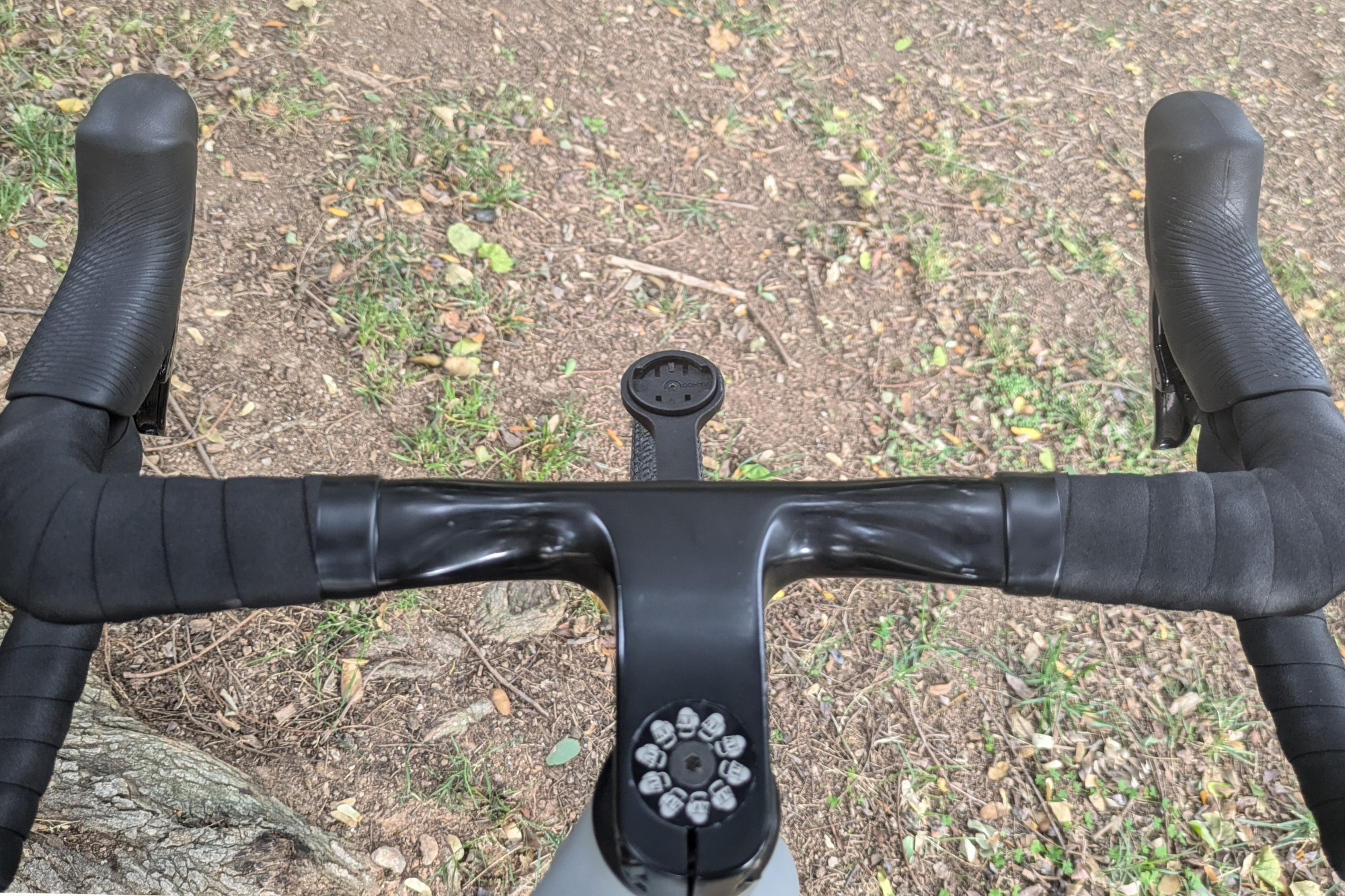
The bars are designed in house by the Guava team
On the road, meanwhile, it glided. Not quite at the speed as my road bike, but pretty damn close to it. When I added some Schwalbe Pro-One TLE tyres to it on a road riding trip in Slovenia, the bike immediately converted itself into a fully-functioning, fully-raving, fully-compliant road bike.
Whether on the tops or in the drops, I was regularly changing my position with ease, depending on the surface beneath my wheels. The set-up was comfortable, the stem length appropriate, but I did find riding in the drops for a sustained period of time stressed my back more than on my road bike. Nevertheless, the one time I was able to take the Guava out for more than five hours, I never had any comfort issues.
Disappointingly, I didn’t have the time to take the Guava out on a bikepacking trip as was my original intention, but I am convinced it would be the perfect companion on multi-day adventures, backed up by its many bolts to attach bags. Anecdotal tales from others riding Guava set-ups confirmed my assumption: this bike adapts to the rigours of bikepacking as well as it does to the demands of fast racing.
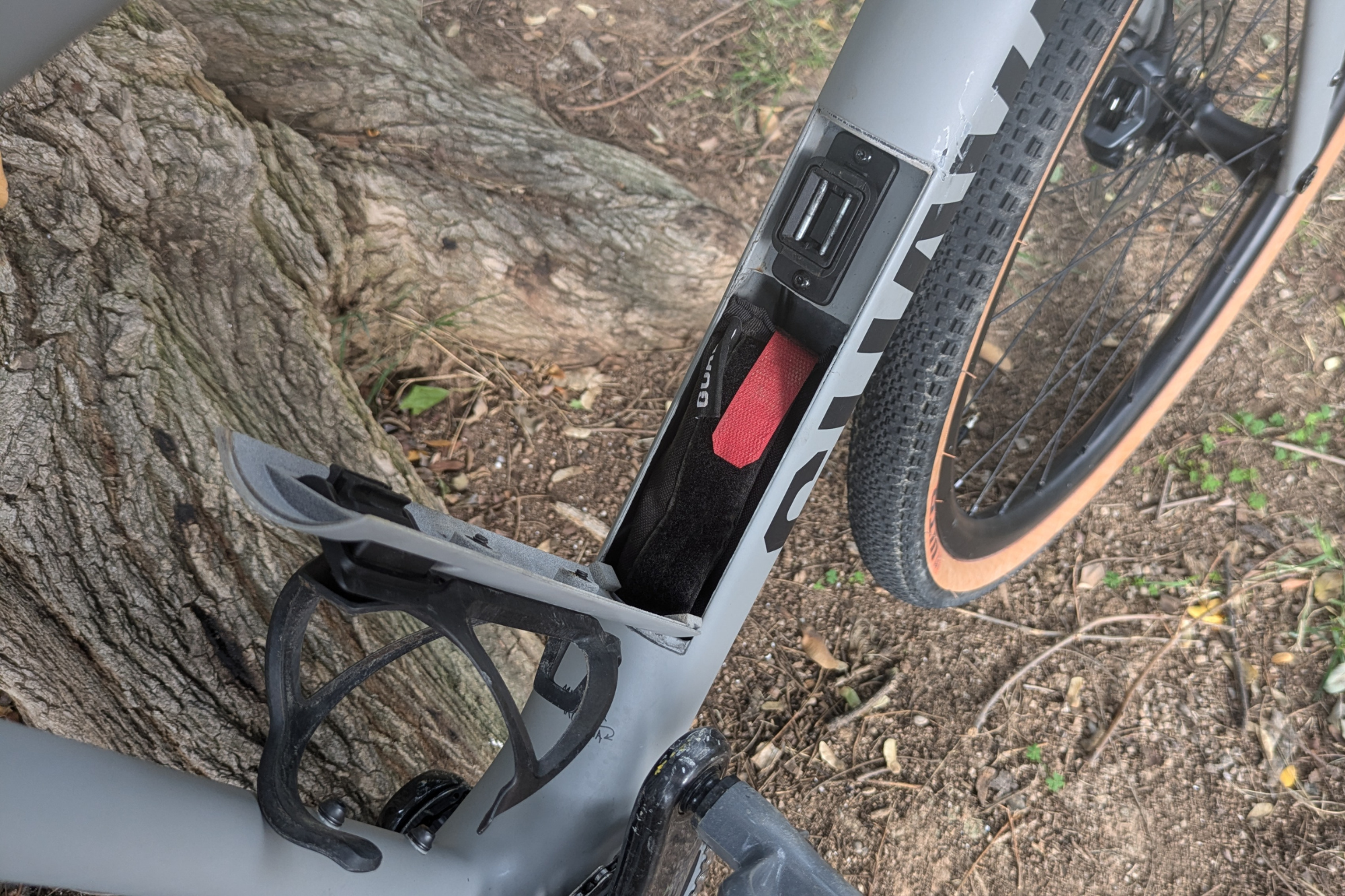
Down tube storage is de rigueur these days but it's well executed on the Spot
Value and conclusion
At £4,950/ €5,299 (all shipping and taxes included), the Guava Spot Force AXS is in the same price range as the highly-rated Giant Revolt. Shorthand for: on the more expensive side, but you’re buying a bloody great bike.
What impressed me – and the hordes of Spanish gravel riders who’ve been buying from the start-up since their inception in 2022 – is how well the Guava Spot adepts to whatever is thrown its way. It just doesn’t deal with fast asphalt, rocky terrain, sandy stretches and damp conditions, but it excels across them. It’s fast, aggressive, nimble, stable, and above all compliant.
If you need a bike that can do everything, and be as dependable on a quick hour-long spin as it is across multiple days in a race or more leisurely bikepacking adventure, the Guava Spot Force AXS should be considered as much, if not more, than models by the far bigger brands. And best of all, not only can you design it in the colour you want, but if you pick it up in Barcelona, the owners will even take you for some tapas, some beers and a spin around Girona’s famous gravel tracks.

Thank you for reading 20 articles this month* Join now for unlimited access
Enjoy your first month for just £1 / $1 / €1
*Read 5 free articles per month without a subscription

Join now for unlimited access
Try first month for just £1 / $1 / €1
Get The Leadout Newsletter
The latest race content, interviews, features, reviews and expert buying guides, direct to your inbox!
A freelance sports journalist and podcaster, you'll mostly find Chris's byline attached to news scoops, profile interviews and long reads across a variety of different publications. He has been writing regularly for Cycling Weekly since 2013. In 2024 he released a seven-part podcast documentary, Ghost in the Machine, about motor doping in cycling.
Previously a ski, hiking and cycling guide in the Canadian Rockies and Spanish Pyrenees, he almost certainly holds the record for the most number of interviews conducted from snowy mountains. He lives in Valencia, Spain.
-
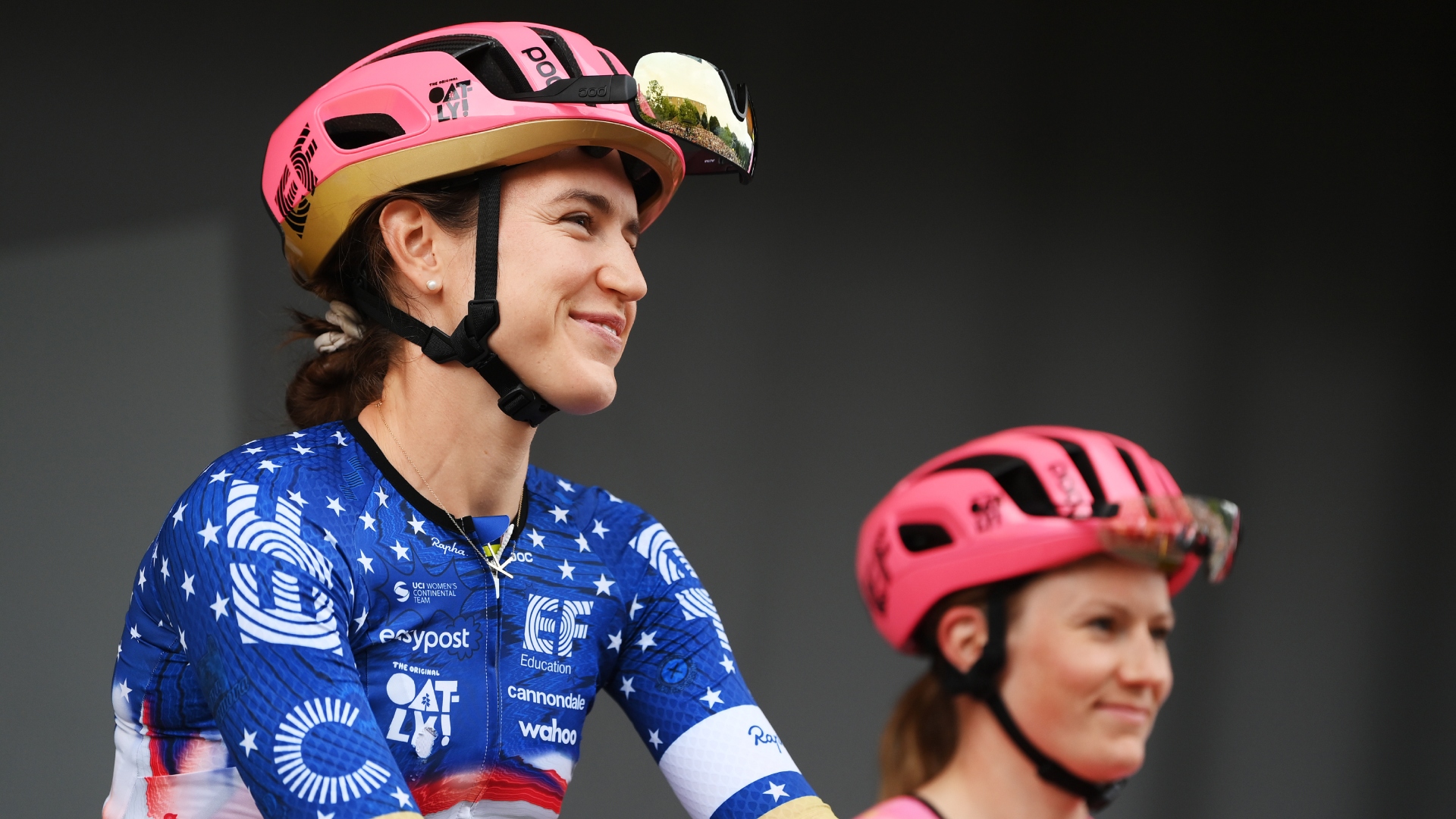 World-class women’s cycling to return to U.S. for the first time since 2019 at Maryland Cycling Classic debut event
World-class women’s cycling to return to U.S. for the first time since 2019 at Maryland Cycling Classic debut eventOlympic champions and international teams headline initial team roster for the September race
By Anne-Marije Rook Published
-
 I used to scoff at electric mini pumps – now I can't imagine my life without one
I used to scoff at electric mini pumps – now I can't imagine my life without oneDon't knock them til you try them - electric minipumps have rocked my world...
By Joe Baker Published
-
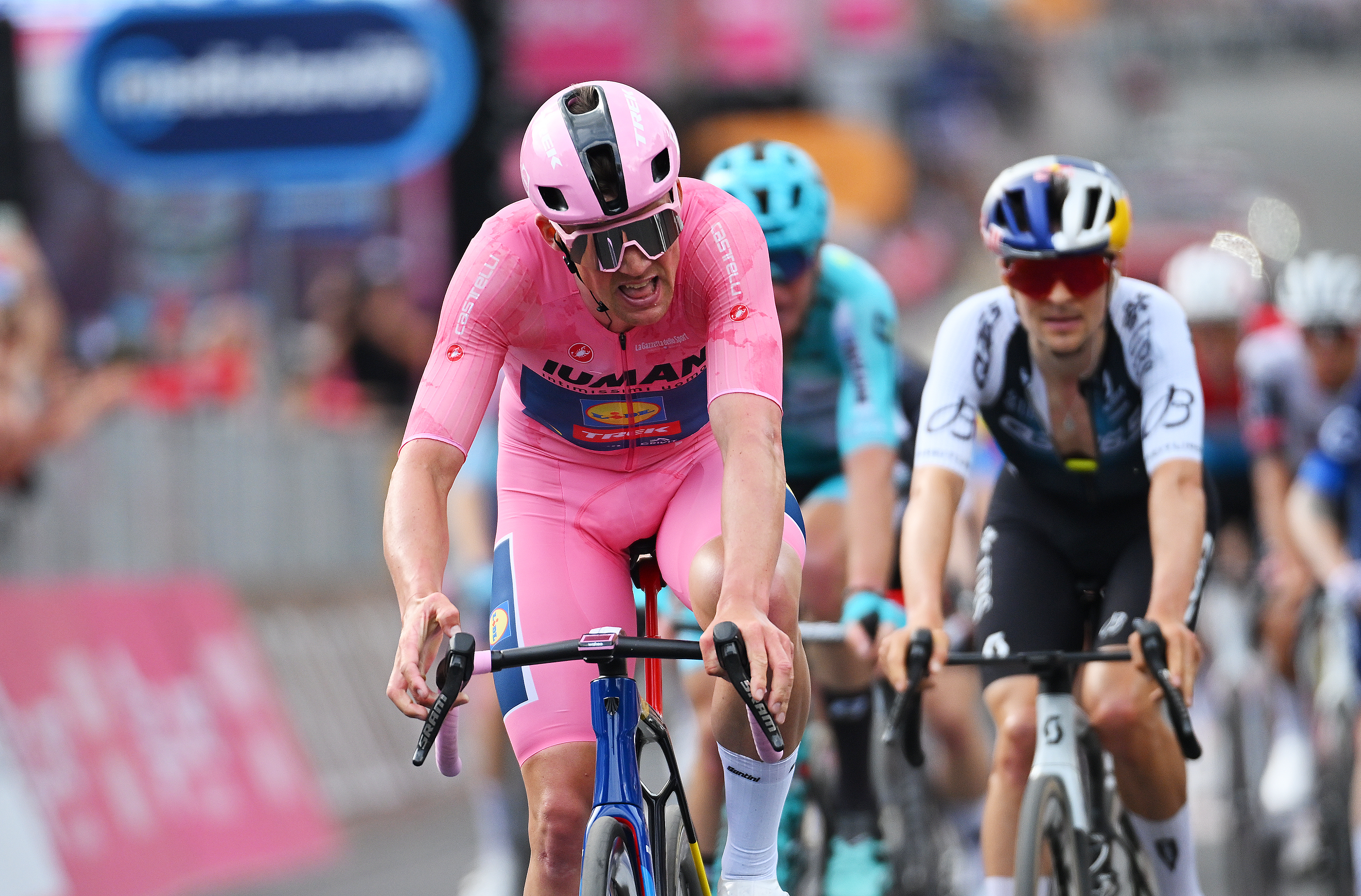 'Truly incredible' - Mads Pedersen springs to hat-trick win on Giro d'Italia stage 5
'Truly incredible' - Mads Pedersen springs to hat-trick win on Giro d'Italia stage 5Lidl-Trek rider extends pink jersey lead in Matera with third win in five days
By Tom Davidson Published